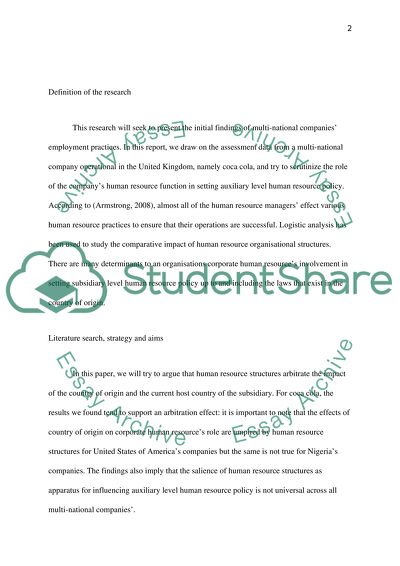Cite this document
(“The Diversity of HR Practices or policies employed by different Assignment”, n.d.)
Retrieved from https://studentshare.org/human-resources/1491307-the-diversity-of-hr-practices-or-policies-employed
Retrieved from https://studentshare.org/human-resources/1491307-the-diversity-of-hr-practices-or-policies-employed
(The Diversity of HR Practices or Policies Employed by Different Assignment)
https://studentshare.org/human-resources/1491307-the-diversity-of-hr-practices-or-policies-employed.
https://studentshare.org/human-resources/1491307-the-diversity-of-hr-practices-or-policies-employed.
“The Diversity of HR Practices or Policies Employed by Different Assignment”, n.d. https://studentshare.org/human-resources/1491307-the-diversity-of-hr-practices-or-policies-employed.


